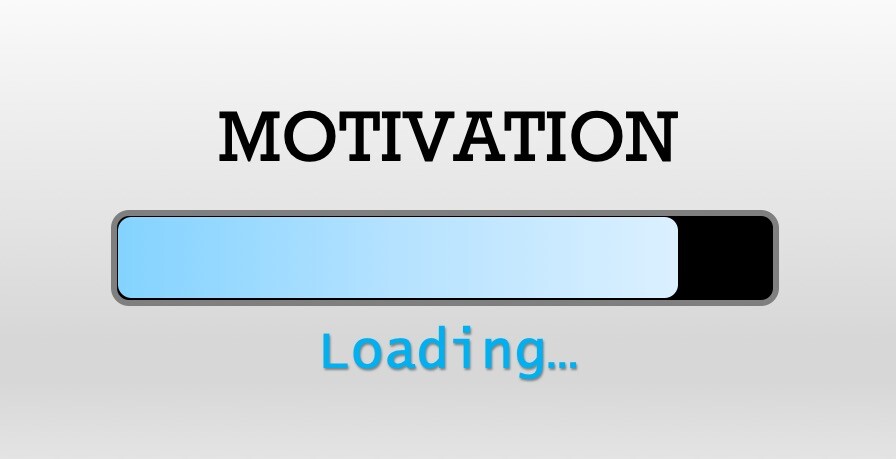Sustained motivation is the balance of self-motivation and stress for each individual in any field of their life. The Harrison Paradoxes are were constructed in a way that two aspects of cognitive or behavioral issues, which may seem contradictory at first but instead work, hand-in-hand. Together, we explore three paradoxes of motivation:
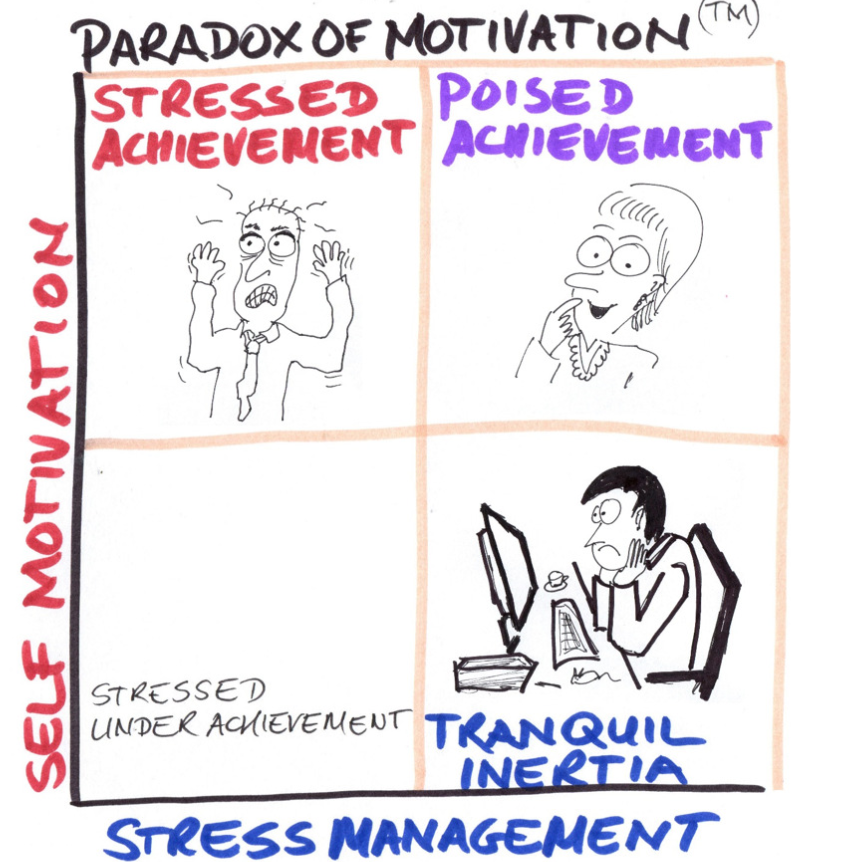
The Paradox of motivation is seen when an individual is self-motivated and has to deal with the stress related to the performance of the tasks. People that are high in self-motivation but low in the management of stress would either get frazzled under the restrictions or would get stressed out so easily that they would reach a point of burn out, too quickly. On the other hand, if someone is very good at stress management but low on the motivation aspect, they would not like any challenges and would not care about the targets/goals to achieve, would be in the state of tranquil inertia. These individuals aren’t seen too much in the corporate workplace, as they would not be interested in the job. The ideal state would be to be in poised achievement, where the person is motivated to tackle the challenges and turns the stress into a productive trigger, which helps them to stay mindful of their responsibilities. Someone who would not be interested in working and get distressed easily would be stressed and underachieved.
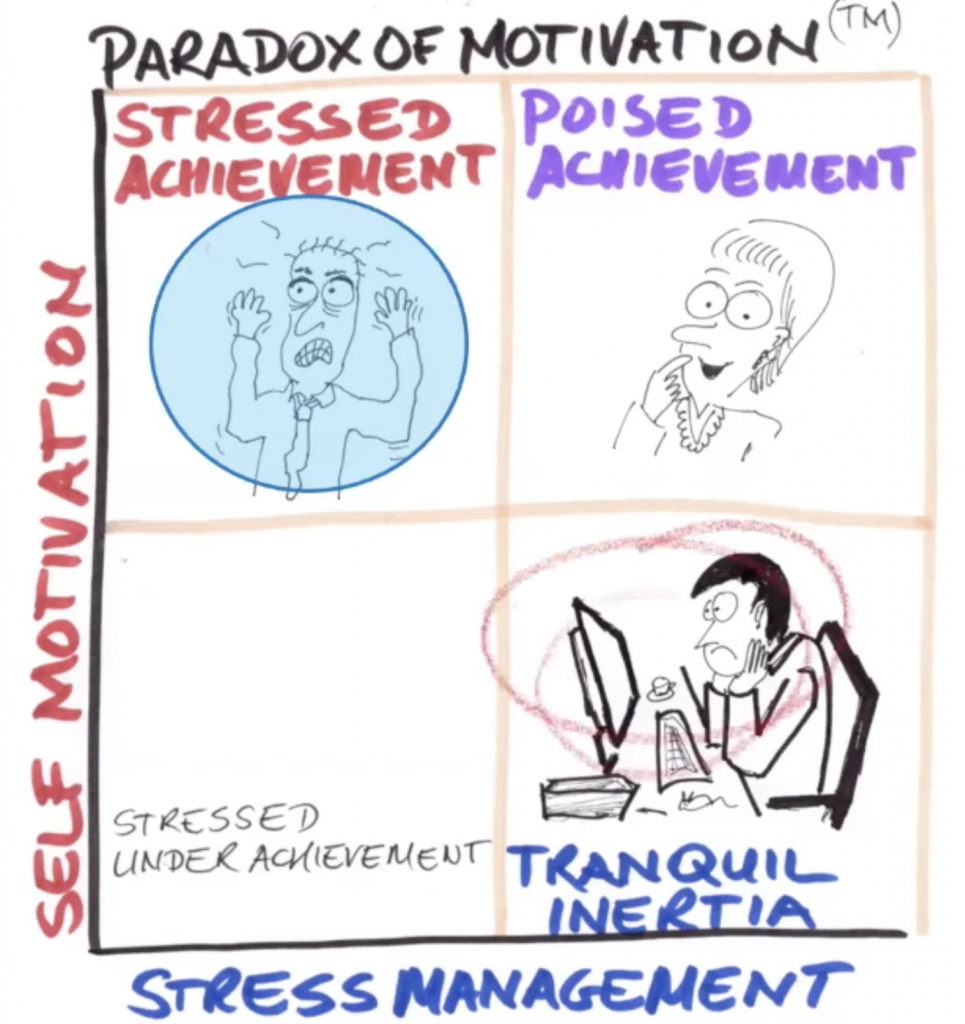
But there is an option of two types of flip behaviors occurring in situations of massive stress like; where a person stayed in stressed achievement for so long that they burn out and cause a passive form of flip behavior, which causes them to begin to enter the state of tranquil inertia. On the other hand, if a person is in tranquil inertia for too long, the deadline is approaching, and they go into an aggressive flip, which allows them to end up in stressed achievement.
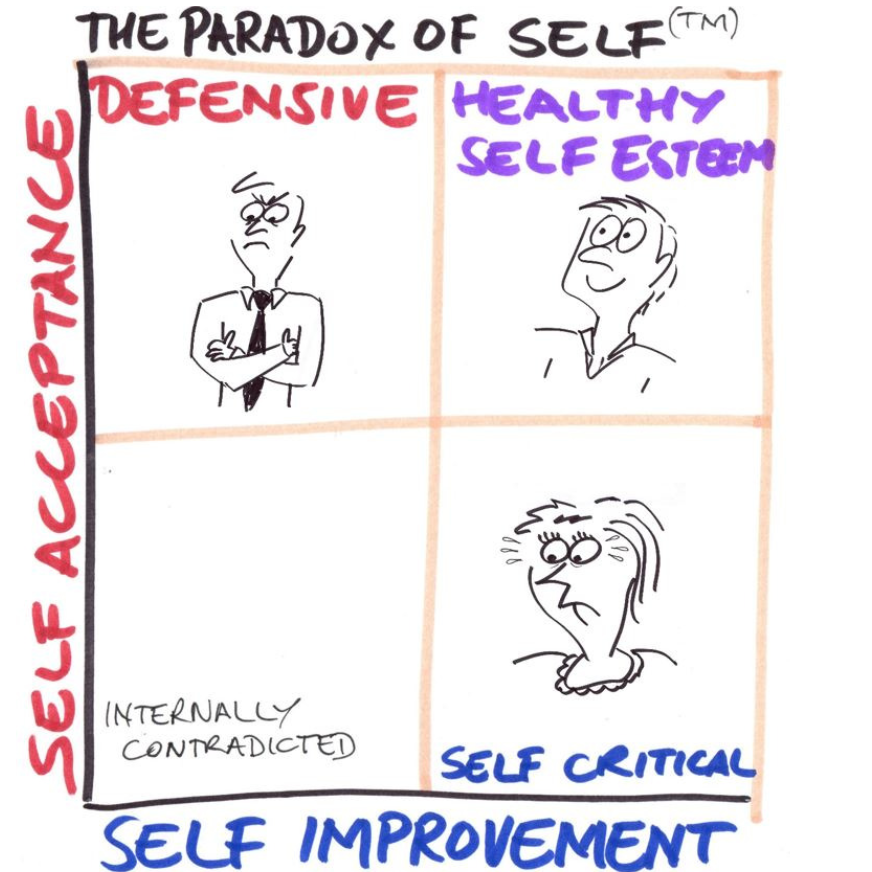
The Paradox of Self occurs when an individual must manage self-esteem and self-improvement, when performing tasks at the workplace. The employee that feels ask though they are perfect at their job and don’t require any change, is high on self-esteem, low on self-improvement and would be defined as defensive. On the other side of the scale, the individuals that are most often seen are those that are high in self-improvement and low on self-esteem, causing them to be highly critical of themselves. These individuals would constantly be worried about their work, behavior, trying to please everyone and would be riled up while making mistakes easily. Being in a state of healthy self-esteem is best for most of us, where we have a good amount self-esteem but are open to hearing suggestions on how to improve ourselves. Internally contradicted individuals are those that are low on self-esteem and don’t want to improve, so find themselves stuck in a rut in which they constantly doubt themselves.
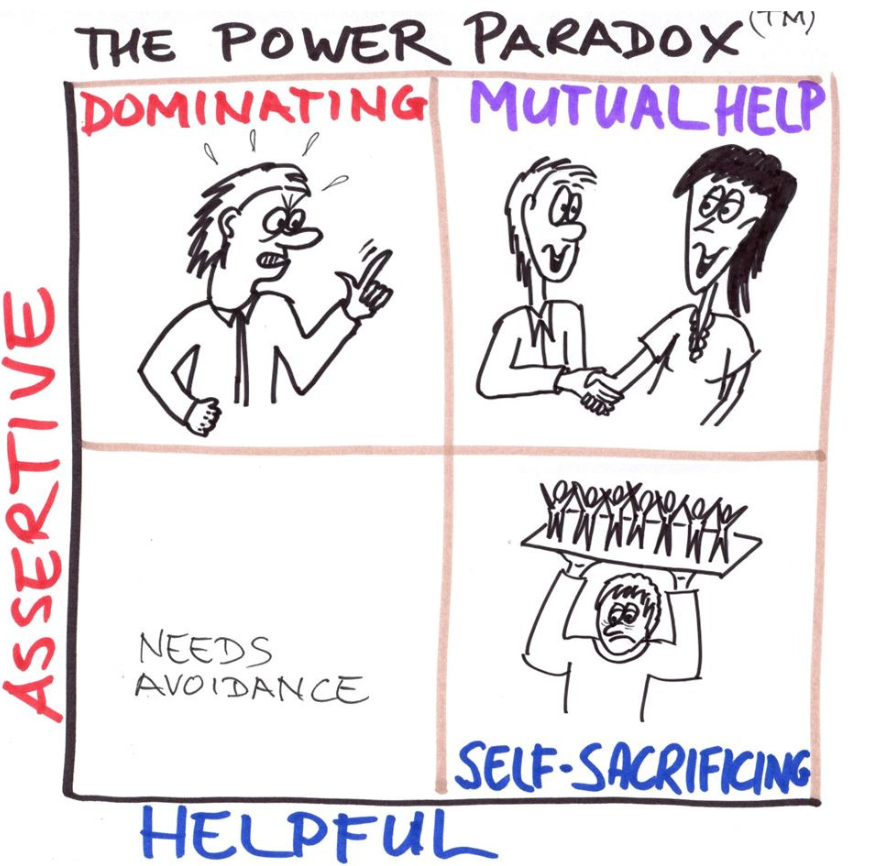
The final paradox of motivation is called the Paradox of Power, which is seen as the approach between asserting yourself and being helpful to others. Many leaders fall into the trap of being either dominant or self-sacrificing for their teams, which hinders their growth. Dominant leaders are those who are too assertive with the orders and commands that they dole out but are not helpful in getting the task done, while self-sacrificing individuals take too many responsibilities away from the team as they may feel that they are overburdening the team, causing the rest of the employees to slack off and not take their targets seriously. The perfect middle ground is to provide mutual help, where the leader would give the targets and goals for the working period but would also help in achieving them without interfering too much, allowing the workers to learn as well. If someone is not assertive and not helpful either, the leader would avoid situations of conflict or confrontation, causing a lot of confusion within the structure.

